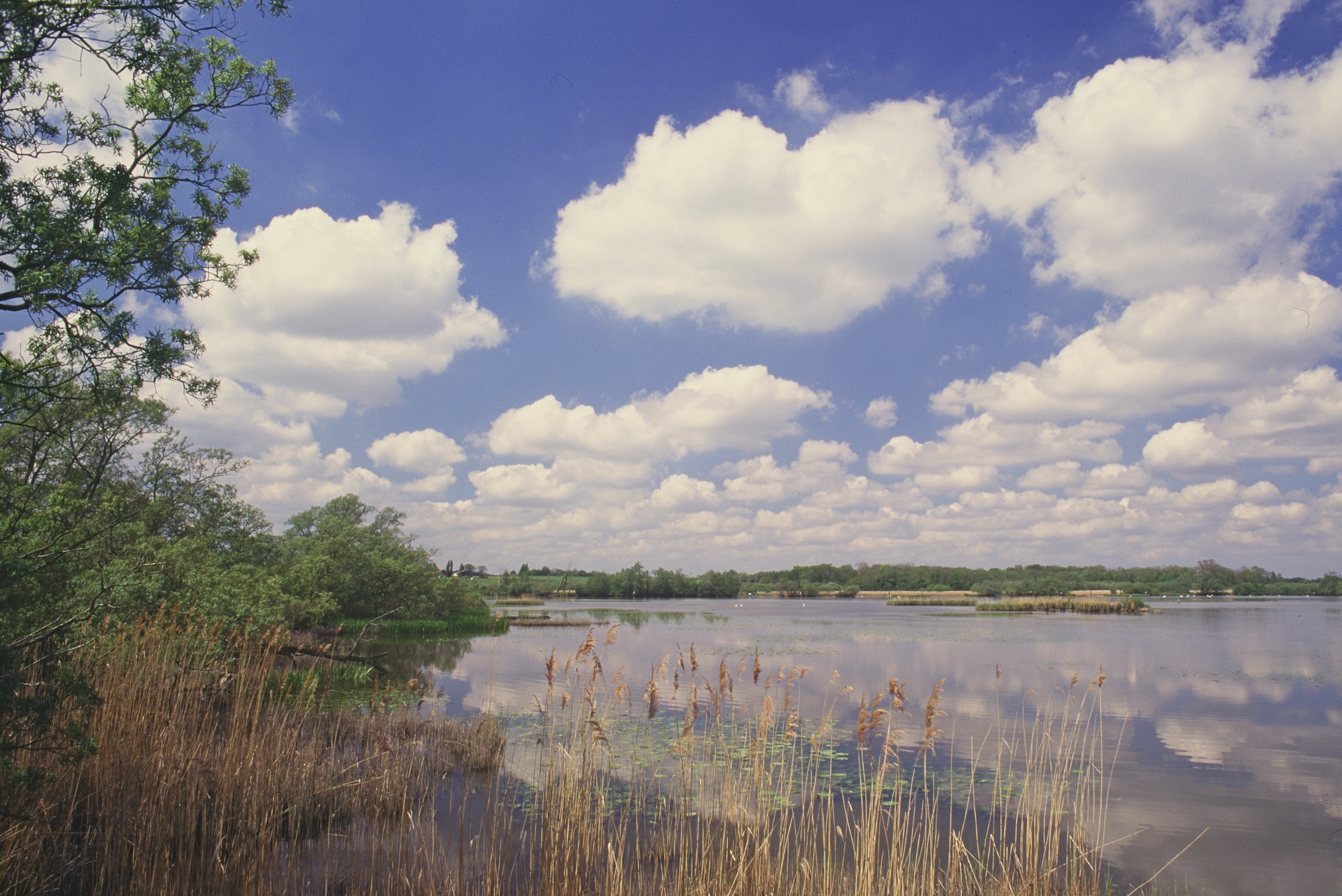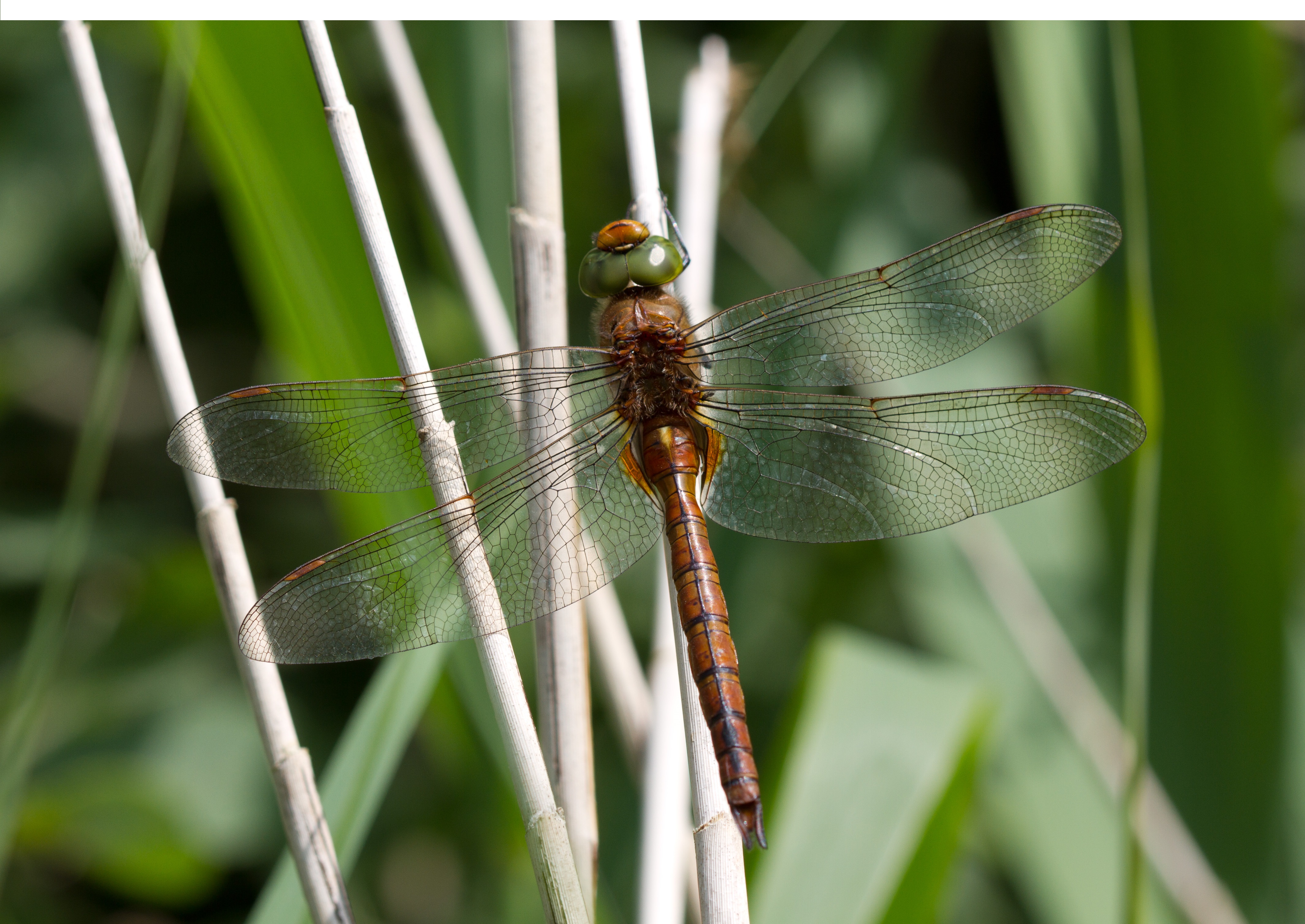
Unimpacted nutrient-rich eutrophic lakes should support a range of pondweeds and floating vegetation such as frogbit and greater bladderwort. Rich vegetation supports good numbers of water beetles, water bugs and molluscs, and a cyprinid dominated fish assemblage, many of which require submerged vegetation for spawning. Scarce invertebrates such as the Norfolk hawker, can be found on the floating vegetation of this habitat. Most naturally nutrient rich lakes have been subject to

further nutrient enrichment from anthropogenic sources, often to such an extent that few submerged aquatic plants are able to grow and the lake will at certain times in the year support algal blooms. Other, particularly small lakes, may have been heavily stocked with benthivorous fish leading to turbid brown water and few plants. As these sites are often found in the more heavily populated lowlands their hydrological regime is likely to have been altered either by the drainage of surrounding land or the use of sluices, weirs and dams on the outflow. As they tend to occur in the more populated parts of the UK non-native species are easily spread between theses water bodies.